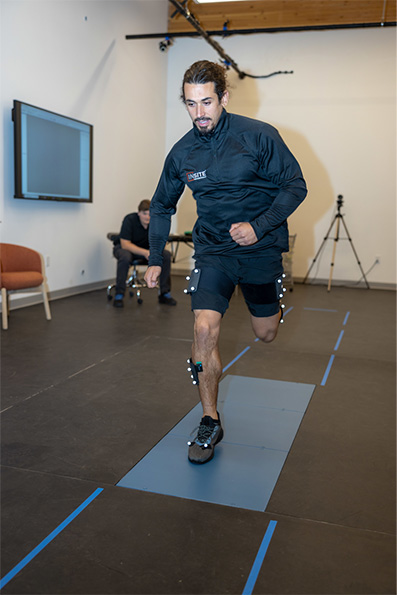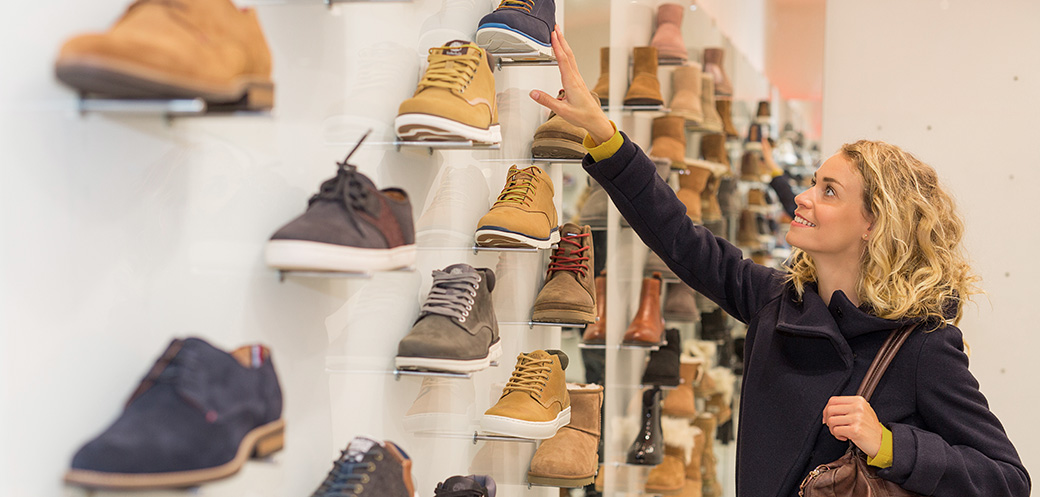Why Footwear Brands Are Investing in the Insole Experience
Footwear should be experienced – and footwear experience design trends include a thoughtful insole selection to ensure comfort, performance, and support.

Imagine intentionally designing an uncomfortable shoe; something flat and unsupportive that doesn’t perform. You’d never do that because it would never sell—and if it did, the return rates would be sky-high. However, many thoughtfully-constructed shoes also see high return rates, reinforcing the importance of considering all aspects of design to reduce footwear returns.
Returns aren’t just a logistical headache for brands—they’re a sign that something about the customer experience isn’t working. Every returned pair of shoes represents a missed opportunity to build brand loyalty, but shoe designers and developers can also use it as an opportunity to consider one of the more overlooked factors in reducing footwear returns: underfoot fit.
Underfoot fit can be improved with smarter insole design. In this post, we explain how poor insoles in your footwear line can increase return rates and lower customer loyalty.

Returns carry a high cost for brands beyond financial losses, including eroded customer confidence, increased customer service load, and undermined brand value. These risks are even higher in the Direct-To-Consumer and ecommerce space where customers aren’t trying the shoe on before purchasing and are relying on product descriptions and reviews to assess comfort.
Issues with overall comfort are a top driver of footwear returns and are often related to poor fit and insufficient support. Even when the upper feels good and the size is correct, if the customer feels the need to purchase an aftermarket insole to improve comfort, they may just return the shoes.
The insole is a foundational component of how a shoe feels and functions. It affects:
A well-designed insole—especially one made using biomechanics science and real human factor data like INSITE Insoles—can compensate for variations in foot shape, help reduce fatigue, and support natural movement across different activities.
Read More: The Contoura Algorithm: Embodying Comfort, Performance, and Support
Conversely, a flat or generic insole can create pressure points, instability, and a mismatch between foot and footwear—all of which increase the likelihood of dissatisfaction and returns.
Brands that skimp on the insole and assume their customers will purchase an aftermarket insole to solve any comfort issues aren’t considering the long-term brand risks inherent in that plan.
By integrating more advanced insole technology directly into your shoe design process, you can optimize fit with data-driven comfort, performance, and support and ensure your footwear supports natural biomechanics—it performs for how people really move.
A better fit with a better insole can mean:
Remember in the beginning when we asked you to imagine intentionally designing an uncomfortable shoe? Turn that question on its head and ask yourself how you can design the most comfortable shoe for your customers. If you work with INSITE, you get the benefit of:

Comfort Perception: In-depth psychometric surveys help quantify the fit, placement, and cushioning of the insole during different movements and activities.
Reduced Discomfort: We gather data on gait and plantar pressure to identify pressure “hot spots” and reduce discomfort through insole design.
Impact Absorption: By measuring the compression, shock absorption, and rebound of a shoe’s cushioning system, we adjust the insole for the level of impact created by the foot during certain activities.
Read More: Why Shock Absorbing Insoles Matter More Than You Think
Every customer has different perceptions of comfort, but if your shoe can accommodate how people generally move with a level of cushion and support that maps to that preferred movement, you’ll see more successful purchases and fewer returns.

When customers receive shoes that deliver comfort, performance, and support right out of the box—with no need to “fix” the fit themselves—they’re more likely to keep them, recommend them, and buy again. In fact, better insole design can increase repeat purchases and reduce reliance on returns or exchanges due to comfort-related issues.
Brands that prioritize underfoot fit signal to their customers that comfort and performance are part of the product promise—not an afterthought.
Footwear should be experienced – and footwear experience design trends include a thoughtful insole selection to ensure comfort, performance, and support.
How do you strike a balance between sustainability and performance when it comes to footwear materials? INSITE® Director of Research & Design Justin Ter Har recently answered this question at the FDRA Sustainability & Innovation Summit in Portland, OR in September.
Orthotics have many benefits, and orthotic-inspired insoles allow footwear brands to deliver those benefits right out of the box.